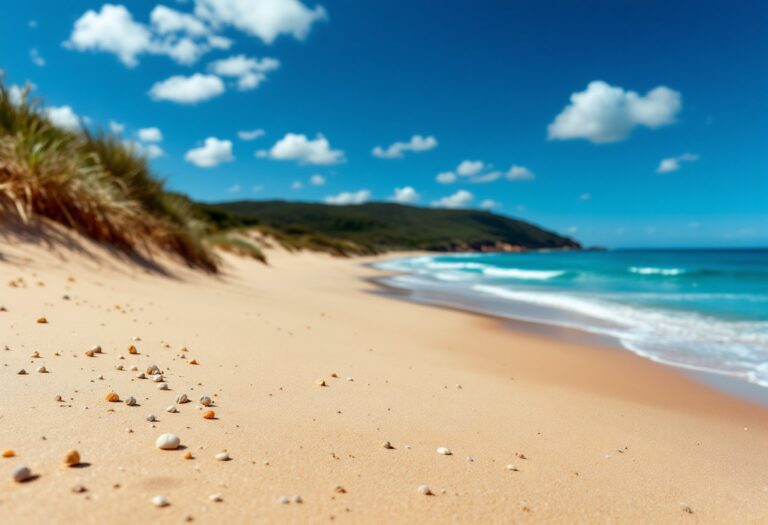Argomenti trattati
Recent research has unveiled alarming findings regarding the ecological consequences of four-wheel driving (4WD) on Australia’s pristine beaches. Conducted by the University of the Sunshine Coast, this study highlights the severe and widespread damage inflicted on coastal dune ecosystems by off-road vehicles. As the popularity of beach access via 4WDs continues to rise, the call for stringent regulations and potential bans has become increasingly urgent.
Understanding the ecological damage
The study examined 253 species across various ecosystems, including vegetation, bird life, and marine creatures. Lead researcher Professor Thomas Schlacher emphasized that all species assessed exhibited negative impacts due to off-road vehicle activity. While previous discussions primarily focused on protecting sand dunes, this research underscores that the hard sand surfaces also harbor vital invertebrate populations, such as pipis and crabs, which serve as essential food sources for fish during high tides.
Professor Schlacher’s assertion that there is no safe level of beach driving is particularly striking. He noted that even a single vehicle can cause significant ecological harm, challenging the common belief that regulating traffic volume could mitigate damage. Instead, he advocates for substantial restrictions on vehicle access, suggesting that at least half of the beach should be designated as vehicle-free zones to protect these fragile ecosystems.
The debate over beach access
The debate surrounding 4WD access to beaches is gaining momentum across Australia. In states like Victoria, beach driving has been entirely prohibited, while South Australia is beginning to impose restrictions. New South Wales is currently engaged in a vigorous discussion about the future of beach access. As 4WD sales surge, more Australians are venturing onto beaches, raising concerns about the long-term health of coastal environments.
Notable locations such as Noosa North Shore, Rainbow Beach, and Bribie Island are experiencing severe ecological degradation due to increased vehicle traffic. Conservationists, including Darren Jew from the Bribie Island National Park conservation team, are advocating for a complete ban on 4WDs in certain areas, particularly during critical periods like the loggerhead turtle breeding season. The destruction of nests and the hindrance faced by hatchlings attempting to reach the ocean highlight the urgent need for effective management strategies.
Finding a balance between conservation and recreation
While conservationists push for stricter regulations, some 4WD enthusiasts argue for a balanced approach. Brett Lynch, president of the Bundaberg 4WD Club, emphasizes the importance of responsible driving and environmental stewardship among club members. He advocates for collaborative efforts between conservationists and recreational users to find common ground, such as implementing night bans during turtle nesting seasons to minimize disturbances.
Queensland’s Environment Minister, Andrew Powell, acknowledges the need to balance environmental protection with recreational access. He expressed a commitment to reviewing the study’s findings and exploring solutions that allow for both conservation and enjoyment of Australia’s beautiful beaches. However, the pressing question remains: what legacy do we want to leave for future generations regarding our coastal ecosystems?

